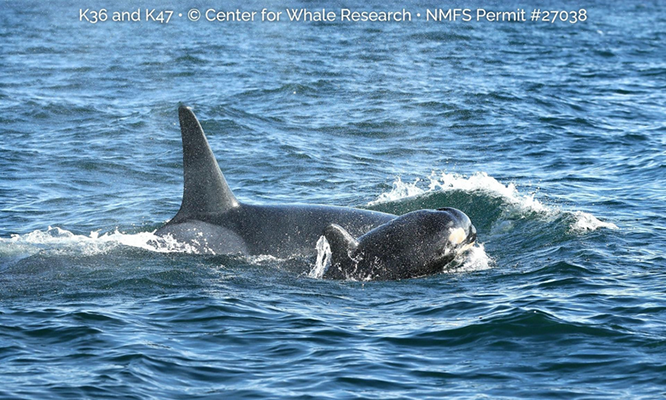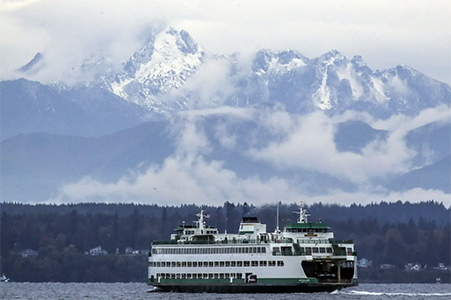–– from Sadie Bailey —
The swallows have returned late this spring; they’ll need to make up for lost time in building their nests. Aerodynamic wonders and superhero insect-eaters, swallow’s beautiful acrobatics are a joyful sight, lifting our winter-weary spirits, and announcing that Spring is finally here! Before you pressure-wash their nests off your buildings because of “fear of ‘poo,” please read this and the provided links, and consider living in harmony with swallows instead, so that future generations can know their wonders.
FIRST, THE INCONVENIENT TRUTH:
Swallows build above door ledges, under eaves, and up high under roof peaks (for shelter purposes), where you can’t easily get a ladder to help protect the side of your building against their babies’ excrement and urination. (merely “messy;” no bad odor)
Below are some fascinating swallow facts from Wa. Fish and Wildlife (F & W) “Living with Wildlife” website. This informative page includes conflict control methods – with pictures, and suggests creative ways to live with swallows and protect their nests from diseases and mites, and keep the walls of your buildings and the ground or decking below, “clean.”
Regardless of rumors, swallows pose no health concerns to humans or pets.
SOME FACTS:
Swallows are neotropical migrants; some fly up to 14,000 miles a year round-trip from South America, where all varieties spend the winter.
With the increase in insect-borne viruses and diseases, swallows are a welcome natural insect control. These beneficial insectivores eat plenty of mosquitoes.
Barn swallows build single nests in pairs, although there may be several nests under the eaves of a house. Cliff swallows build their nests in colonies (see pictures on F & W link above).
Swallows are federally protected under the 1918 Migratory Bird Act. There is good reason why these birds are federally protected, and we should gladly protect them locally too – for their help with insect control alone, if nothing else.
The only instances that are OK, and legal, to remove a nest, are while swallows are first trying to build – with no adult swallow “sitting,” even in a half-built nest – and after the swallows have left for their southern migration. It’s good practice to destroy the nests every year in September, so that other year-round birds like sparrows and starlings don’t move in and bully swallows out in subsequent years.
If you see someone destroying a nest with a sitting swallow (eggs are likely already laid) or babies, please report it to Fish and Wildlife.
If a baby swallow falls out of the nest, please call Wolf Hollow for advice, or see the Fish and Wildlife handout, “Baby Birds Out of the Nest.”
Please hire someone to build nesting ledges or platforms and clean them annually, if you can’t or won’t do it yourself. This not only protects your buildings; it employs some of our islanders. Please consider ways to live in harmony with our miraculous and beneficial swallows. All swallow populations have been on the rapid decline (barn, tree, cliff) since the 1980s – some, like bank swallows, as much as 90 percent. Light pollution, artificial building materials, destroying sitting nests, and insecticide and herbicide use are some causes.
For additional information, please see: https://tinyurl.com/mbdcmdz.
**If you are reading theOrcasonian for free, thank your fellow islanders. If you would like to support theOrcasonian CLICK HERE to set your modestly-priced, voluntary subscription. Otherwise, no worries; we’re happy to share with you.**








Good one, Sadie. Swallows are summer magic!
We saw our first ines yesterday eve and welcomed them with joy! Great article.
Someone pointed out to me, after reading this article, that one of the biggest factors in swallow population decline is loss of habitat. Scientific evidence certainly backs the fact that many of our neotropical migrants have declined greatly due to loss of forested habitat – clearcutting and fragmentation of greater ecosystems – both in their northern breeding grounds and southern wintering grounds. I failed to mention this, so want to mention it now as another factor to consider.
Thanks, Sadie, very educational reading.